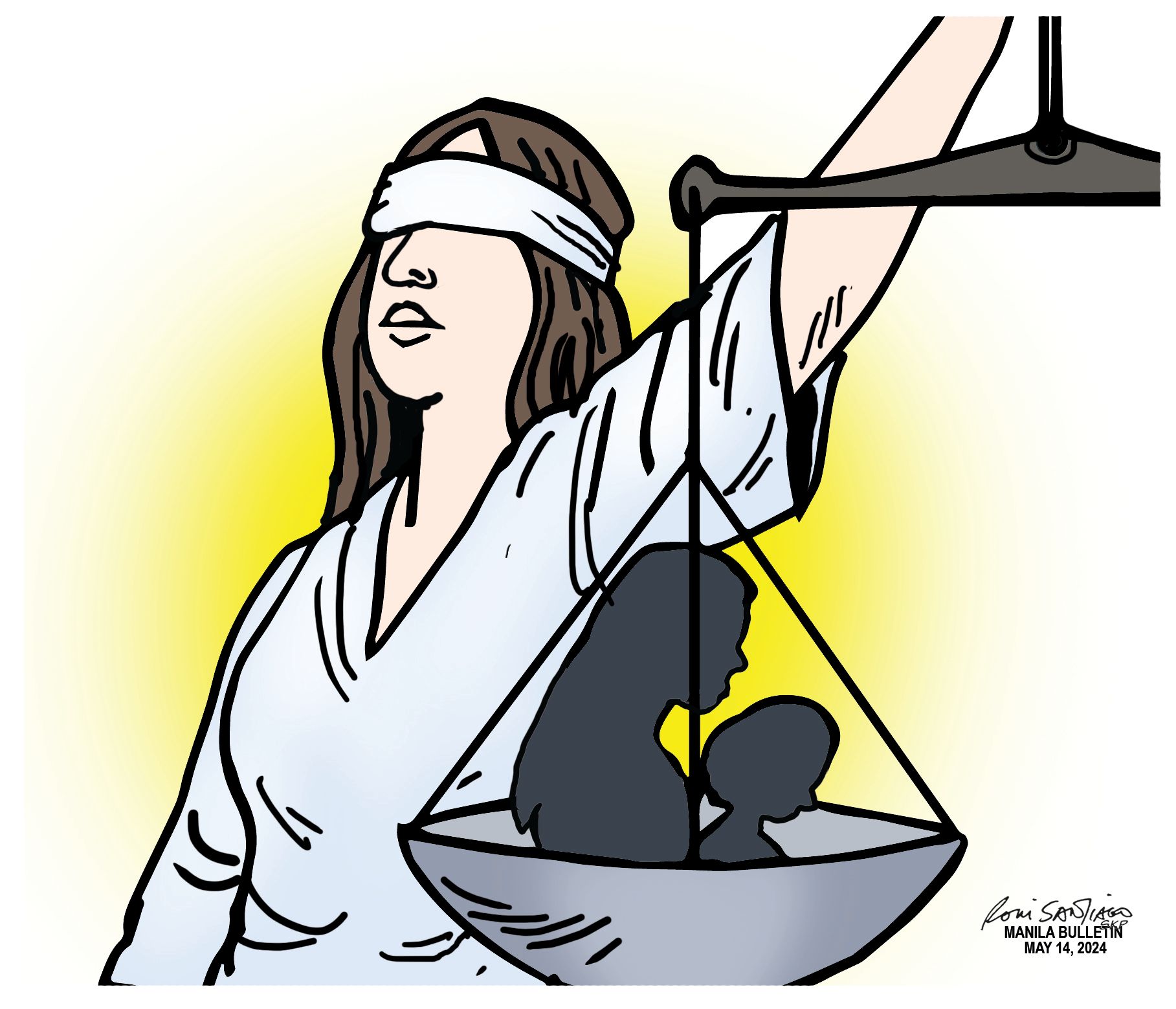Supreme Court's strategic focus: Will to ensure equal and inclusive justice

Last week, the Supreme Court (SC) demonstrated its will to ensure equal and inclusive justice, one of the four guiding principles in the Strategic Plan for Judicial Innovations (SPJI) 2022-2027 enunciated by the en banc led by Chief Justice Alexander Gesmundo.
At the joint 2024 Asia and the Pacific Regional Conference of the International Association of Women Judges (IAWJ) and the 2024 National Convention of the Philippine Women Judges Association (PWJA), a Memorandum of Understanding on judicial cooperation was formalized between the Supreme Court and the Family Court of Australia.
As announced by the SC’s Public Information Office: “The MOU focuses on enhancing the access to the family courts of the most vulnerable and disadvantaged in society, including women and children, developing women’s leadership opportunities in the family courts, and capacity-building initiatives on trafficking in persons and online sexual abuse and exploitation of children.”
The Philippine Information Agency (PIA) points out that “according to the 2022 National Baseline Study on Violence Against Children, 17.1 percent of Filipinos aged 13 to 17 years old have experienced sexual violence, and 3.2 percent have been victims of forced consummated sex during their childhood.”
In like manner, “according to the 2022 National Demographic and Health Survey conducted by the Philippine Statistics Authority, 17.5 percent of Filipino women aged 15 to 49 have experienced any form of physical, sexual, and emotional violence from their intimate partners.”
Promotion of gender equality, disability and social inclusion is part of the Australia government’s thrust on Fostering Advancement of Inclusive Rights (FAIR). In both countries, such initiatives of the judiciary involve interface and collaboration with a broader spectrum of stakeholders in government and civil society.
Also last week, the SC granted the writ of amparo in favor of an activist and former partylist representative in the House of Representatives who claimed that he was “red-tagged” by being identified as a member of the Communist Party of the Philippines hierarchy. The allegation was attributed to the Philippine Army’s 3rd infantry division.
The petition for a writ of amparo “is a remedy available to any person whose right to life, liberty, or security is violated or threatened by an unlawful act or omission of a public official or employee, or of a private individual or entity.”
According to the SC-PIO, the High Court ruled “that red-tagging, vilification, labelling, and guilt by association constitute threats to a person’s right to life, liberty, or security.” Singling out a “red-tagged” person often entails “frequent surveillance, direct harassment, and in some instances, eventual death.”
Lack of due process was the core issue. The Supreme Court ruled that since the petition for amparo was “not groundless or lacking in merit,” it should not have been dismissed by the regional trial court (RTC). Hence, the High Court ordered the conduct of a summary hearing to ensure that the petitioner’s cause of action and the respondent’s defense are fully heard.
Nearly 17 years after then Chief Justice Reynato Puno and Justice Adolfo Azcuna officially declared the legal conception of the writ of amparo at the National Summit on Extrajudicial Killings and Enforced Disappearances held at the Manila Hotel, the most recent SC decision has demonstrated its efficacy in rendering equal and inclusive justice.